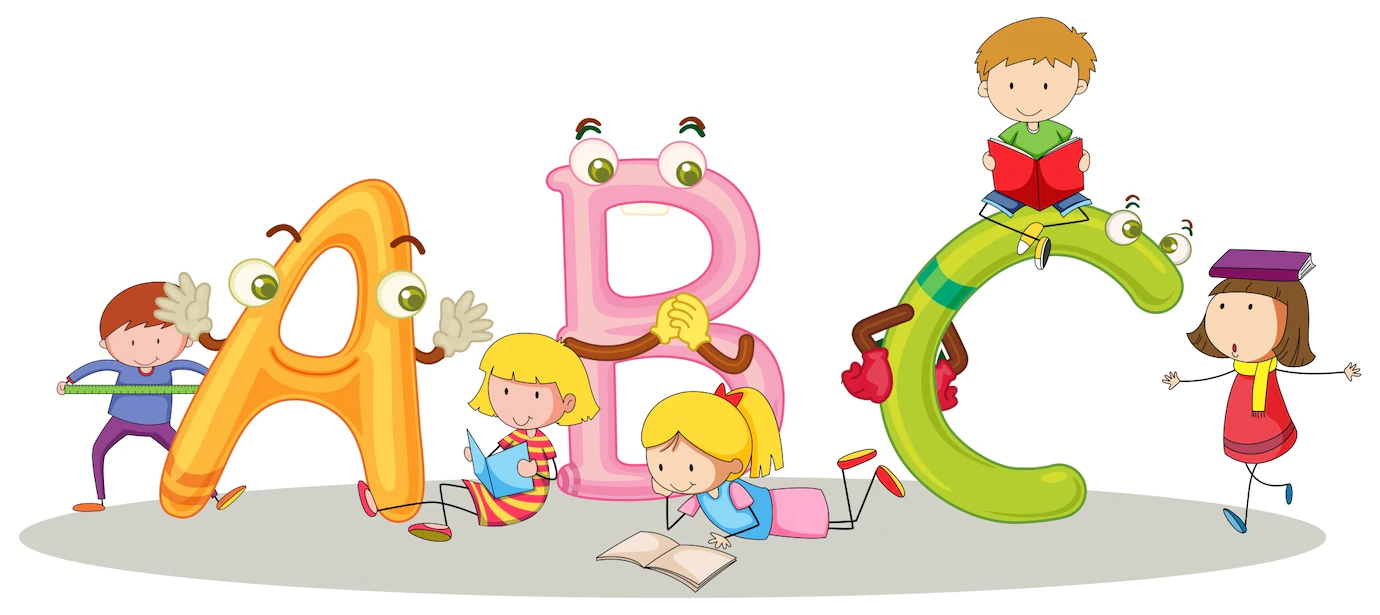How Can You Support Your Kid Learn the Alphabet ABC?
Schools are the most important social institutions in which children acquire knowledge and experience of life by their age and peers. In particular, teaching basic subjects such as reading randomly, writing, and counting to children by individuals who do not have pedagogical formation, including parents, can lead to extremely inconvenient results. Yet, this does not control you from doing various exercises at home on basic subjects or activities to support what your child has learned at school. Here stand infrequent ways you can use at home to teach your child letters.
Read a lot of books with your child.
Reading stories to your child, both at bedtime and at other suitable times of the day, will support the development of their imagination, strengthen the bond between you, and make it easier for your child to acquire the habit of reading. Books read together are one of the most appropriate practices that can be applied to teach children the alphabet.
The most important thing to pay attention to during these reading times, which is of great benefit for you to make it a habit, is that they do not become based on one-sided communication. Of course, it is also a good activity for your child to listen to the stories you read from the book without taking your eyes off them. But the more a child is involved in an activity and has the authority to shape it, the more he learns from it.
Sit with your child on the bed or a comfortable sofa, rest your back on a comfortable pillow and put your feet up. First, look at the pictures of the book you will read and try to produce a story independent of the book based on these pictures. When reading the story from the book or telling the story of your dreams, use different tones for different characters and encourage your child to do the same.
Although this activity does not directly contribute to the learning process of the alphabet, it helps the child get used to different sounds and written materials and prepares him for the literacy learning process.
Create a special alphabet corner in your home.
You can think of various materials about the alphabet; for example, illustrated children's magazines, colored notebooks, pencils and cardboards, a blackboard, even a small television, and a video player. Make sure the alphabet corner is colorful and cheerful enough to catch a young child's attention and not evocative of the school setting or doing homework. When your child gets bored with the games or activities you are doing, please change the subject or stop playing and do other things they want.
Place the letters of the alphabet in various parts of the house. You can write letters on Post-it note papers with colored pencils and stick them in various house parts. You can get letter-shaped magnets or wall decorations. When placing these materials at home, you need to pay attention to that the letters are not concentrated at a certain point and are not sequential.
Doing the process of placing the letters together will make it easier for your child to feel involved in the game. From time to time, ask your child to read these letters that you place on electronic devices, doors, mirrors and ask them to read aloud, but do this spontaneously and end the game for a while after a single letter. This app aims not to teach the child a specific letter exactly but to help him become familiar with the alphabet in general.
Include letters in activities outside the home.
For example, when you go for a walk, read the large, illuminated, attractively written letters that appear in places such as store names billboards, or play a game of keeping track of every time you see a certain letter from the moment you leave the house with your child and comparing your scores when you return home.
Important notes
If your child is at primary school age and is learning the alphabet at school, be sure to find out where the class teacher is in the lesson. Your child can naturally learn a few letters after the letters he learned in class, but this learning should never be forced. If you are working on the letters in a certain order, ensure that the old ones are well consolidated before moving on to the new ones.
*To make the games you play together more enjoyable and attractive, you can spice them up with time limits or small prizes.
Even if you are sure that your child has learned the whole alphabet or some letters well, do not pressure him to read what he knows in front of others without asking him or even making an offer. This can cause your child to feel challenged, forget or mix things up for a while, and develop self-confidence issues. Also Read: The Soft Roots








.png)


0 Comments